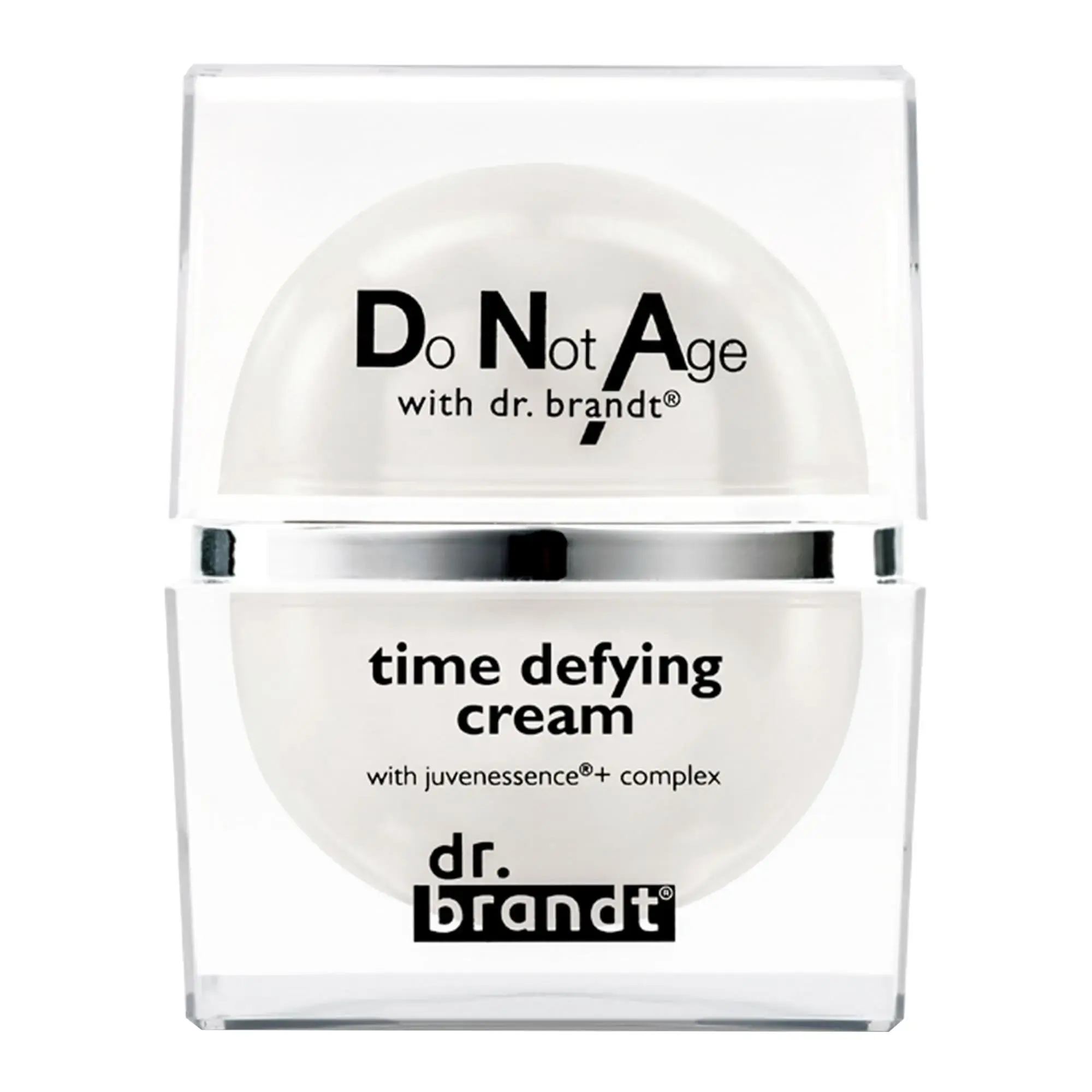Products Scan Our science '%20fill='black'/%3e%3c/svg%3e)
Skincare 
Bath & Body 
Make up 
Trending 
Skincare
Moisturizers
Treatments
Cleansers
Eye Care
Bath & Body
Make up
A synthetically made peptide that was shown to slow down the degradation of elastin in the skin. It is said to be able to reduce sagging and wrinkles in different parts of the face, although this has not been well researched yet.

The first mention of Trifluoroacetyl Tripeptide-2 in scientific literature goes back to 1976, when it was discovered to inhibit elastase, an elastin-degrading enzyme. It consists of three amino acids – valine, tyrosine, and valine.
Nowadays it is trademarked as Progeline™ and the manufacturer claims that, as a 2% cream, it can reduce signs of aging (such as sagging and wrinkles in different areas of the face such as the eyes and jawline).
Unfortunately, the only tests ever done with this protein come from the manufacturer, so we cannot offer any comparisons or conclusive ratings. An independent clinical study would give us answers about this peptide's efficacy and mechanism of action.




